Risk of rice blast disease
In the 2024-2025 winter-spring crop, the entire Quang Tri province planted over 26,200 hectares of rice. Currently, the mass rice is in the stage of heading, early tea is preparing to bloom, in general, the rice plants grow and develop well. Due to the cold air from March 29 to April 2, in Quang Tri there is fog and cold weather at night and early morning. This is a favorable period for pests and diseases such as leaf blast, neck blast, bacterial leaf blight and streak, small leaf rollers, planthoppers, rats... to arise, causing damage in many places. The Department of Agriculture and Environment of Quang Tri recommends that localities and farmers strengthen care and prevention of rice pests and diseases before, during and after blooming.
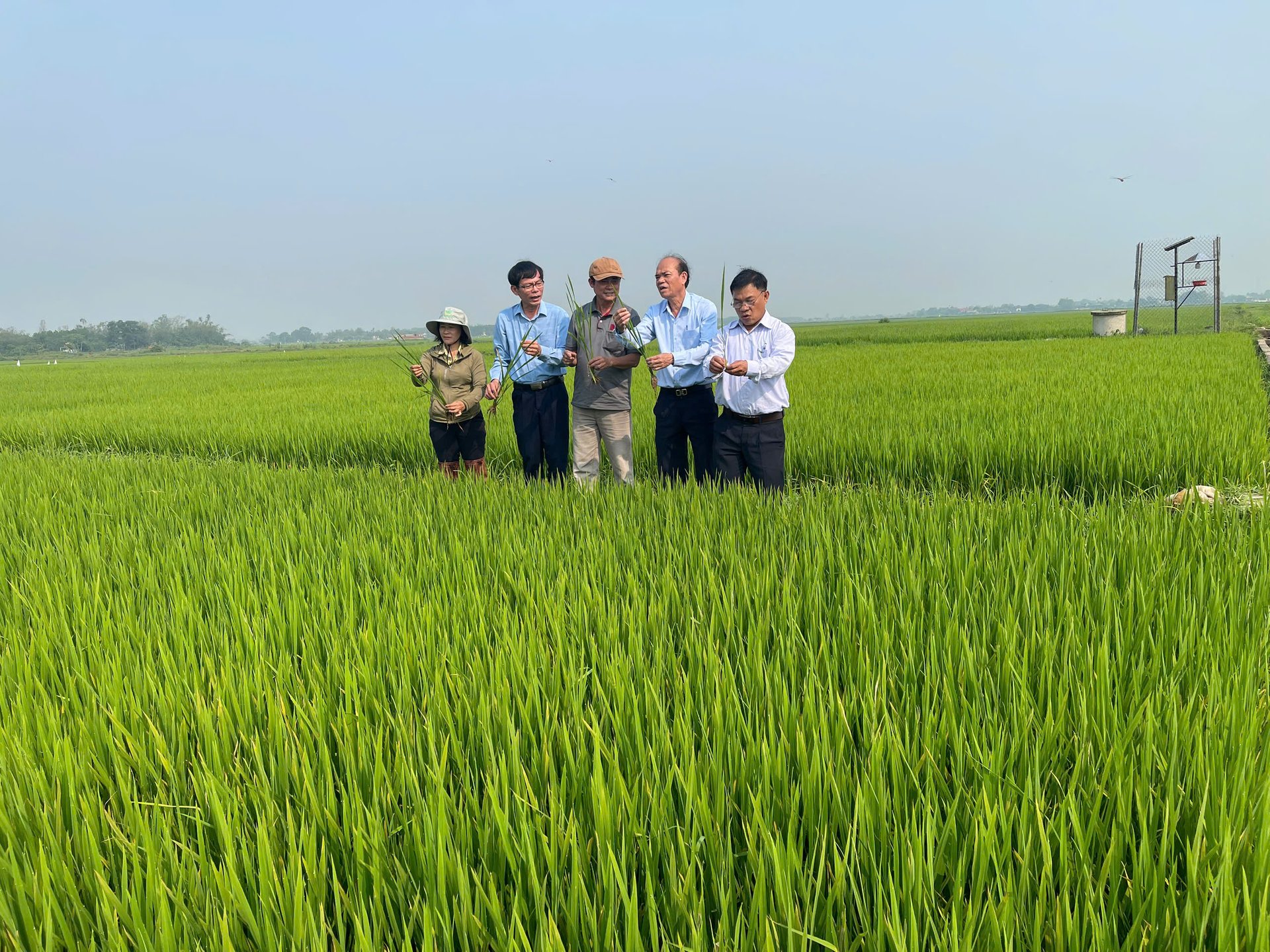
Technical staff of the Department of Crop Production and Plant Protection of Quang Tri province check the situation of pests and diseases in spring rice. Photo: Viet Toan.
- For leaf blast and neck blast:
The cause is the fungus Pyricularia oryzea in conditions of temperature from 20 - 28 degrees Celsius, high humidity (cloudy, foggy weather), and excess nitrogen fertilization in rice fields. The disease damages many parts of the rice plant such as leaves, panicle neck, panicle neck, and stem nodes.
On leaves, the initial lesions are small, oil-drop shaped needle-like dots. The lesions gradually grow larger, becoming oval in shape and light brown in color, then turning into a diamond-shaped (swallow eye) shape, with a light brown center and a yellow halo around it. Many lesions join together, causing leaf burn.
On the stem, leaf neck and flower neck, the diseased spot may appear as a small gray spot, then turn brown and spread around the leaf neck, the flower neck slightly shrinks causing silver flower phenomenon.
Regarding prevention measures, farmers need to increase inspection of rice blast disease on all varieties, carefully inspect susceptible varieties such as HC95, Bac Thom 7, Bac Thinh..., on densely sown fields, with excess nitrogen fertilization..., and spray pesticides promptly when the disease first appears (disease rate is about 5%).
Fields that have been infected with rice blast disease must stop applying all types of fertilizers and foliar fertilizers, and urgently spray to prevent the disease with drugs containing active ingredients Tricyclazole, Isoprothiolane, Fenoxanil + Isoprothiolane, Fenoxanil + Tricyclazole... such as Beam 75wp, Fujione 40ec, Ninja 35ec, Fillia 525se, Map famy 700wp... according to the recommended dosage, paying attention to spraying the leaves thoroughly, the amount of mixed medicine must be at least 20 liters/sao.
Fields infected with rice blast disease should be fertilized after spraying pesticides to stop the disease from developing. Increase monitoring and spraying pesticides to prevent neck blast disease 5-7 days before and after rice flowering.
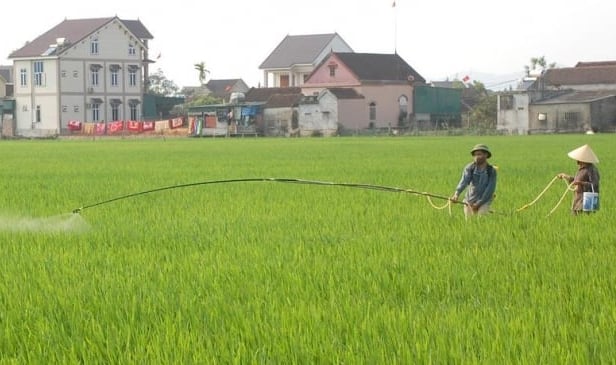
Rice blast is a dangerous disease, so it is necessary to proactively spray early when the disease first appears. Photo: Viet Khanh.
- For bacterial streak disease, bacterial leaf blight:
+ With current weather conditions, bacterial stripe disease in rice will continue to cause damage and has the potential to spread widely, affecting the growth, development and yield of rice if not prevented in time.
Should spray immediately after heavy rains and strong winds. Bacterial stripe disease is caused by bacteria Xanthomonas oryzicola. The disease develops strongly in hot and humid weather conditions, temperature > 30 degrees Celsius, humidity > 80%. The disease appears on the leaves as different short stripes, running along the veins, at first the stripes are green in oil drops, gradually turning brown, forming narrow brown stripes, around the brown stripes there may be a small yellow halo.
+ Bacterial leaf blight thrives in humid, rainy, windy weather conditions, on susceptible varieties. Deep muddy fields, fields with excess nitrogen fertilizer, and unbalanced fertilization are favorable conditions for the disease to arise and develop.
The lesions are water-soaked stripes on the leaf margins, yellow to white in color, first appearing at the leaf tip or both edges, then gradually spreading into the leaf blade. In infected varieties, the disease can spread down to the leaf sheath. Severe damage causes the leaves to lose their ability to photosynthesize, greatly affecting productivity.
When the field is infected, it is necessary to spray with antibacterial drugs such as Oxolinic acid + Streptomycinsulfate (such as Maplotus 125 wp), Bronopol (Xantocin 40wp, Totan 200wp). Can be combined with drugs containing Hexaconazole such as Hexavil 6sc, Anvil 5sc... to simultaneously prevent bacterial stripe disease and sheath blight.
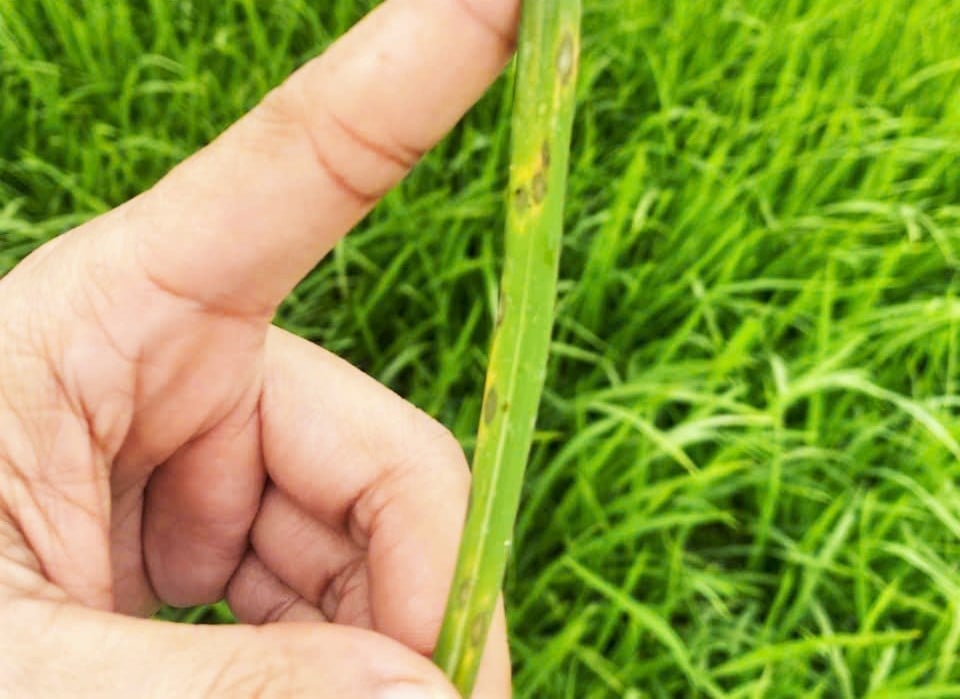
Currently, this is a sensitive period, with the risk of many dangerous pests and diseases breaking out on winter-spring rice in the northern provinces.
- For brown spot and grain rot disease:
At present, the sheath blight disease has begun to develop and cause severe damage. Fields infected with sheath blight should be sprayed with drugs containing the active ingredient Hexaconazole + Additives (Hexa ando) such as Hexavil 6sc, Anvil 5sc...; the active ingredient Validamycin such as Validan, Vali... It is possible to spray in combination to prevent sheath blight, grain smut, and neck blast 7-10 days before rice flowering with drugs containing the active ingredients Hexaconazole + Tricyclazole, Azoxystrobin + Difenoconazole, Difenoconazole + Propiconazole such as Newtec, Amistar top...
- Small leaf roller:
It is necessary to monitor the adult leaf roller moth to promptly detect the larvae that damage the flag leaf set on rice fields, greatly affecting productivity. Spray when the density of worms is ≥ 10 worms/m2, spray immediately when the worms are at the 1st - 2nd instar or after the butterflies emerge 5 - 7 days with drugs containing the active ingredients Abamectin, Emamectin (Actamec 40ec, Angun 5wg, ...); Emamectin benzoate (Dylan 2ec); Chlorfenapyr (Solo 350sc).
- For all types of planthoppers:
It is necessary to strengthen inspection from now until the end of the season on infected varieties, epidemic areas, densely sown fields, carefully check the rice roots and rice sheaths to detect early and take timely preventive measures, not to let the planthopper burn. In addition, monitor and promptly prevent other pests such as stem borers, stem rot - sheath rot... in places with high density of worms, high disease rate, ensure to mix the correct concentration recommended on the label and spray to wet the leaves evenly to bring high efficiency (the amount of mixed medicine to spray must ensure a minimum of 20 liters for 1 sao 500m2).

It is necessary to regularly check the fields to promptly and effectively prevent rice pests. Photo: Viet Toan.
Proactive irrigation, heat protection
The Department of Agriculture and Environment of Quang Tri also recommends that localities need to strengthen the implementation of solutions to take care of rice plants during the heading, flowering and ripening stages:
- 5-7 days before rice flowering, it is necessary to increase the use of potassium-rich foliar fertilizers such as Potassium humate, Super potassium... to spray on the leaves to help the rice flower quickly, flower out, increase the rate of firm and hard grains, and limit lodging (spray in the late afternoon, when it is not raining, avoid spraying when the rice is drying). At the same time, spray pesticides to prevent and control rice blast, brown spot, grain smut... to prevent harmful diseases and limit yield losses.
- On hot days, with temperatures above 38 degrees Celsius, especially during the rice flowering and drying stages, in fields with proactive irrigation, it is necessary to keep water 10 - 15cm high in the field to limit the rate of empty grains and rice head degeneration.
- Check and repair dikes and embankments to prevent heavy rains causing flooding; if there is a tornado causing rice to fall, it is necessary to mobilize pumping equipment to drain quickly. For rice in the stage of panicle formation and preparation for flowering, it is necessary to drain water quickly, and if the rice is collapsed, after the weather clears, spray additional super potassium foliar fertilizer to help the rice plant recover quickly and promote flowering. For rice areas in the stage of flowering and green maturity, after draining the water in the field, it is necessary to raise the rice to create favorable conditions for the rice to bloom, become firm and ripen.
7-10 days before harvest, drain the water to dry the field, help compact the soil, limit rice lodging and facilitate harvesting, take advantage of timely harvesting of rice areas that are over 85% ripe.
For rats, it is necessary to continue to maintain regular rat extermination work. It is necessary to exterminate rats simultaneously, in the same region, in the same village, combining extermination of rats in the fields, on the outskirts of villages, in residential areas, in households by comprehensive measures such as digging, catching, baiting..., prioritizing the use of new generation premixed rat poison. Absolutely do not use electric traps to exterminate rats.
Source: https://nongnghiep.vn/canh-giac-sau-benh-hai-lua-giai-doan-truoc-trong-va-sau-tro-d746268.html


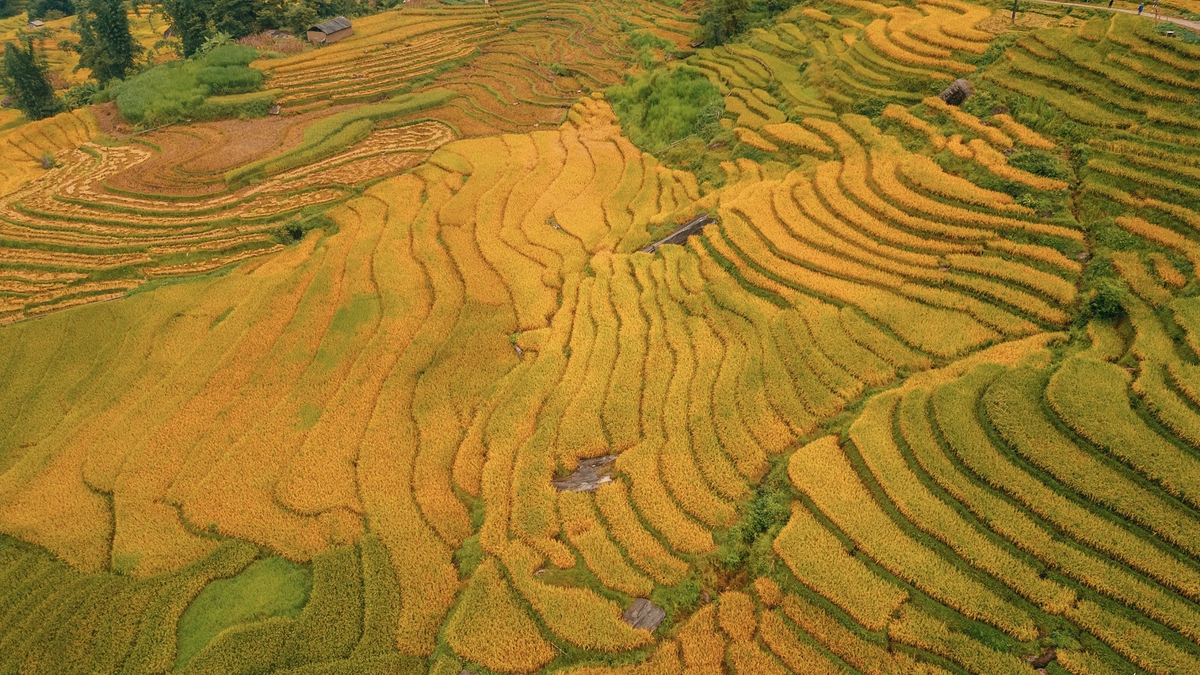


![[Photo] Editor-in-Chief of Nhan Dan Newspaper Le Quoc Minh received the working delegation of Pasaxon Newspaper](https://vphoto.vietnam.vn/thumb/1200x675/vietnam/resource/IMAGE/2025/9/23/da79369d8d2849318c3fe8e792f4ce16)
![[Photo] Prime Minister Pham Minh Chinh chairs the 14th meeting of the Steering Committee on IUU](https://vphoto.vietnam.vn/thumb/1200x675/vietnam/resource/IMAGE/2025/9/23/a5244e94b6dd49b3b52bbb92201c6986)




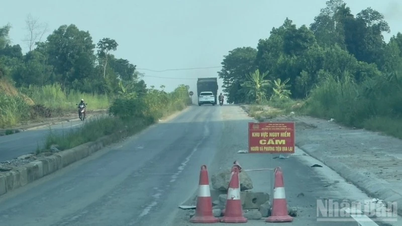
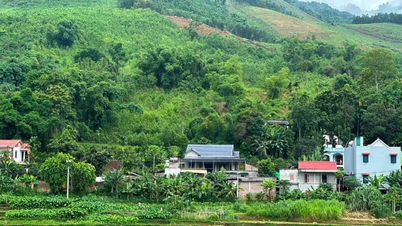


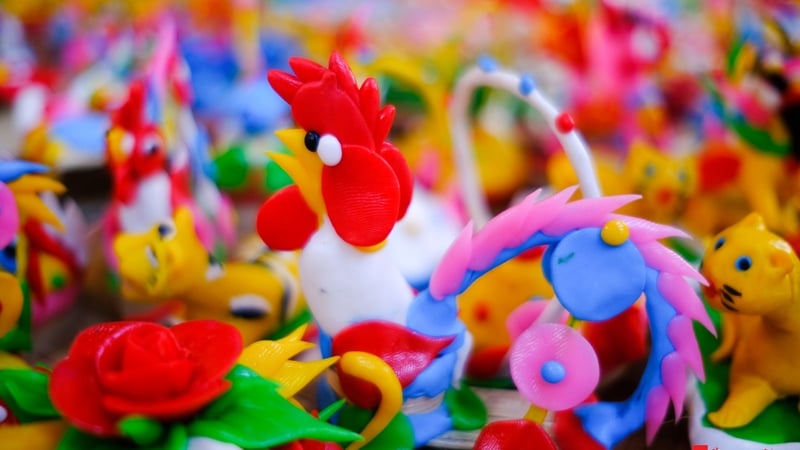









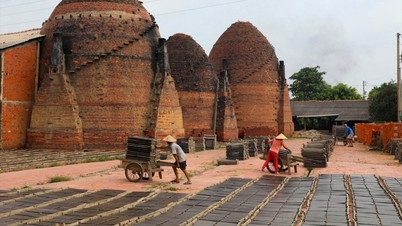






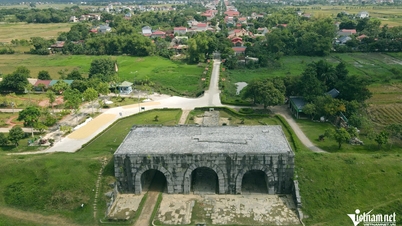




























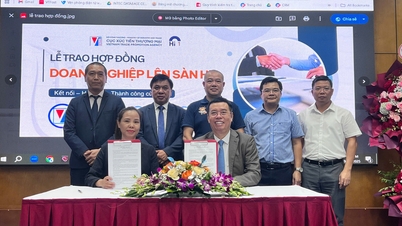


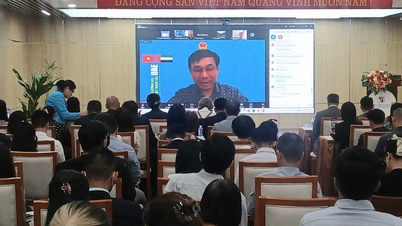














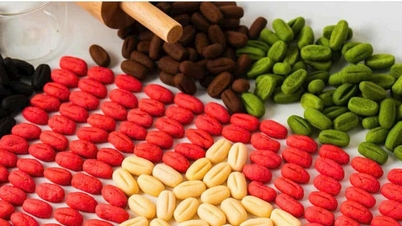

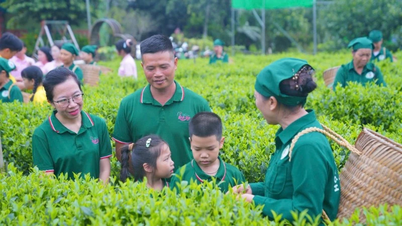

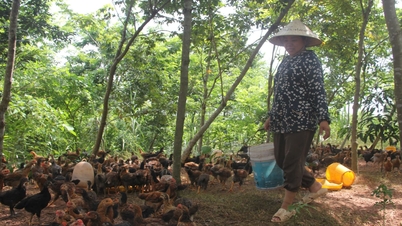
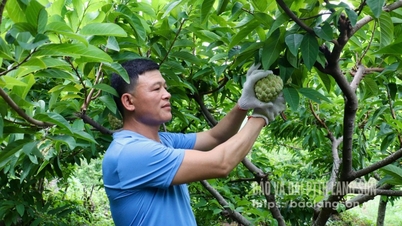

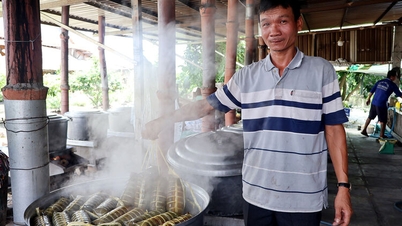


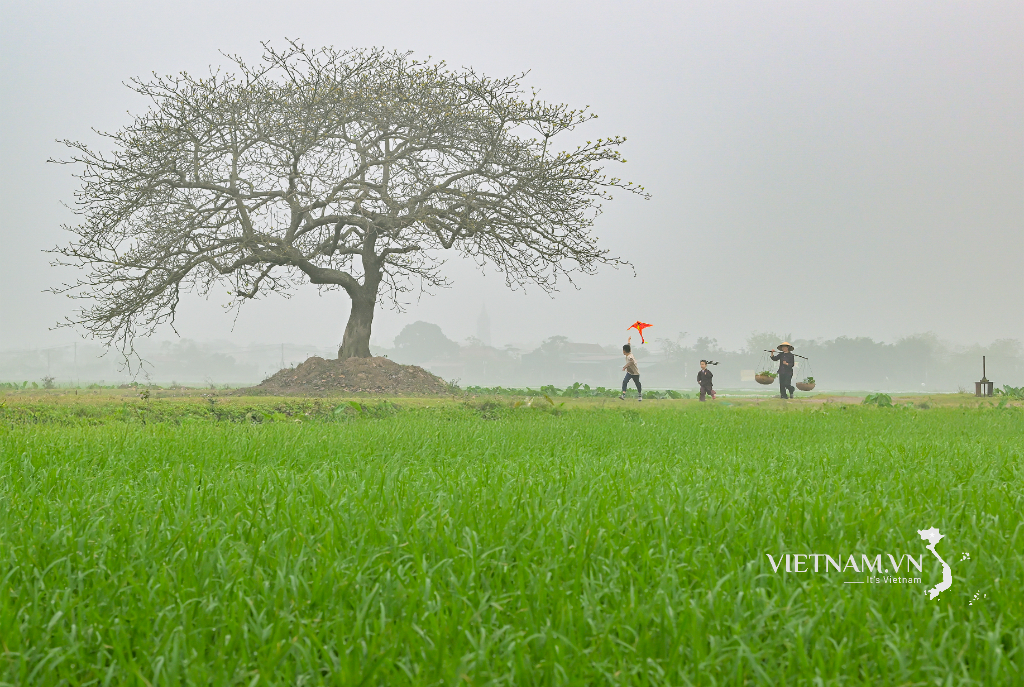


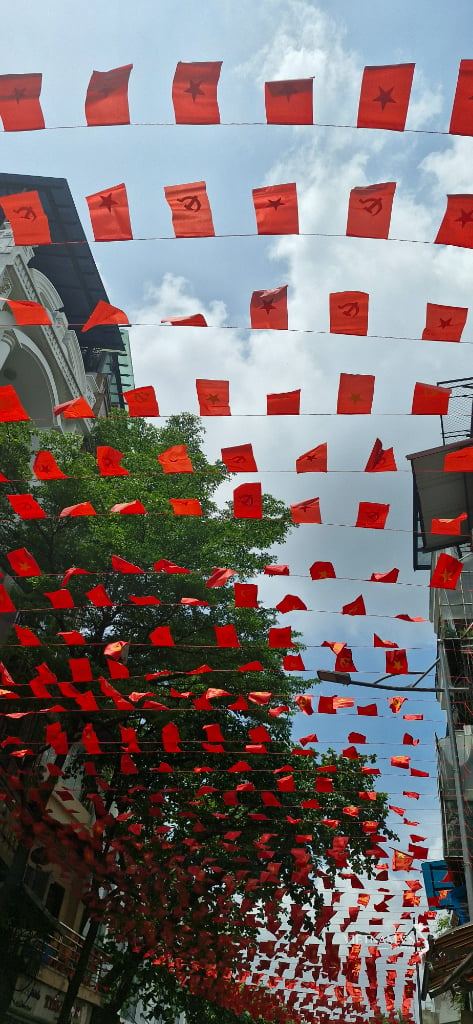
Comment (0)